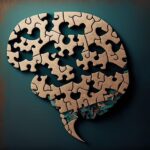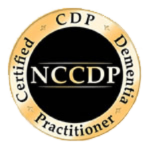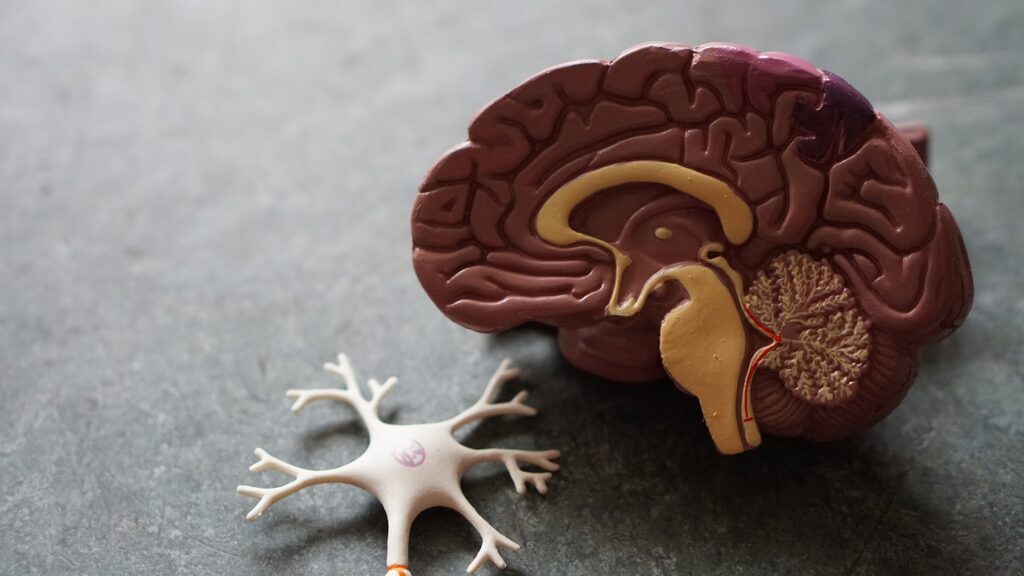Introduction
Alzheimer’s Disease is a neurodegenerative condition characterized by a gradual decline in memory, thinking, and behavior. This disease, more than just occasional forgetfulness, represents a profound disruption of the brain’s intricate functions. Globally, Alzheimer’s casts a vast shadow, touching the lives of millions. Its pervasive nature has earned it the notorious distinction of being the most common cause of dementia, accounting for a significant majority of cases. As we delve into the intricacies of this condition, understanding its symptoms, treatments, and management strategies becomes paramount.
Unraveling the Enigma: What is Alzheimer’s Disease?
At the heart of Alzheimer’s Disease lie intricate biological changes that transform the brain’s landscape. Central to these changes are the notorious amyloid plaques and tau tangles. While a certain amount of these proteins exists naturally in the brain, in Alzheimer’s patients, they accumulate to abnormal levels. Amyloid plaques form between nerve cells, potentially blocking communication. Simultaneously, tau tangles, twisted fibers of the tau protein, develop inside nerve cells, disrupting essential nutrient transport. These changes lead to nerve cell death, causing the brain to shrink over time.
The journey through Alzheimer’s is not a sudden plunge but a slow, descending path. Initially, individuals may experience forgetfulness or misplace items, often dismissing these as typical age-related memory lapses. As the disease progresses to moderate stages, symptoms become more pronounced, with individuals facing challenges in performing daily tasks, experiencing mood changes, or even getting lost in once-familiar places. In its severe form, Alzheimer’s robs individuals of their ability to communicate, recognize loved ones, or care for themselves.
But what triggers this cascade of brain changes? Research suggests a combination of genetic, environmental, and lifestyle factors. Certain genes, like the APOE ε4 allele, have been identified as risk factors. However, genetics alone doesn’t tell the full story. Environmental factors, such as exposure to certain toxins, and lifestyle elements, like diet and exercise, play roles in either accelerating or delaying the disease’s onset.
While Alzheimer’s stands as the most common cause of dementia, accounting for 60-80% of cases, it’s essential to differentiate it from other dementia forms. Vascular dementia, resulting from mini-strokes or reduced blood flow to the brain, or Lewy Body dementia, characterized by protein deposits in the brain, each has its unique onset and progression pattern. Understanding these distinctions aids in accurate diagnosis and tailored interventions.
As we navigate the complexities of Alzheimer’s Disease, a deeper understanding equips us to face its challenges more effectively, fostering empathy for affected individuals and their caregivers.
Recognizing the Signs: Symptoms of Alzheimer’s Disease
Deciphering the signs of Alzheimer’s Disease requires an astute understanding of its progression. Much like an encroaching shadow, the symptoms manifest subtly, gradually intensifying as the disease advances through its stages.
In the early onset of Alzheimer’s, the symptoms can be deceptively mild, often dismissed as mere forgetfulness associated with aging. These early signs include subtle memory lapses, such as forgetting recent conversations or misplacing everyday items. Another common symptom is aphasia, a term denoting the difficulty in finding the right words during conversations, leading to halting or repetitive speech.
As the disease transitions to its intermediate stage, the symptoms become more pronounced and disruptive. Individuals may exhibit increased levels of confusion, often about time or place, leading to scenarios where they might get lost in previously familiar surroundings. Mood swings become frequent, with unexplained bouts of anger, sadness, or even euphoria. Social withdrawal becomes evident, as the individual struggles with keeping up with conversations or following storylines in television shows.
In the advanced stages of Alzheimer’s, the symptoms become profoundly debilitating. Affected individuals may experience difficulty in swallowing, making eating a challenge and increasing the risk of malnutrition. Memory loss deepens, erasing the recollection of close family members or lifelong memories. Physical decline is evident, with many losing the ability to walk, sit, or even hold their head up.
However, a critical aspect of understanding Alzheimer’s is recognizing its distinction from normal age-related memory changes. While it’s common to forget names or appointments occasionally as one ages, consistently forgetting recently learned information, and important dates, or increasingly relying on memory aids are red flags indicative of Alzheimer’s. This differentiation is vital, ensuring that those exhibiting signs receive timely and appropriate interventions.
In a world where Alzheimer’s affects millions, awareness of its symptoms is our first line of defense. Recognizing the signs, understanding its progression, and seeking timely medical advice can make a world of difference in managing this challenging condition.
Beacon of Hope: Treatment and Management Strategies
In the face of Alzheimer’s Disease, a diagnosis can initially feel overwhelming. However, a myriad of treatment and management options offer a beacon of hope for those navigating this condition.
Central to the pharmacological approach are cholinesterase inhibitors such as donepezil, rivastigmine, and galantamine. These drugs work by boosting neurotransmitter levels in the brain, enhancing nerve cell communication, and offering symptomatic relief. Another drug, memantine, operates differently, regulating the activity of glutamate, a neurotransmitter involved in brain cell communication. When used in combination, these medications can slow the progression of symptoms, especially in the disease’s early and moderate stages.
While medications play a crucial role, non-drug approaches offer a holistic dimension to Alzheimer’s care. Cognitive-behavioral therapy, for instance, provides tailored interventions to manage symptoms like depression, anxiety, or behavioral challenges. Physical activity, proven to enhance brain health, can slow cognitive decline, with aerobic exercises being particularly beneficial. Dietary interventions, such as the Mediterranean or DASH diets, rich in fruits, vegetables, and whole grains, have been linked to a reduced risk of cognitive decline.
The adage, “The earlier, the better,” holds true for Alzheimer’s. Early diagnosis, while the brain still retains some plasticity, can significantly optimize treatment outcomes. It allows individuals and families to plan, and access treatments at their most effective stages, and make necessary lifestyle and care adjustments.
In the ever-evolving field of Alzheimer’s research, exciting advancements loom on the horizon. From the exploration of novel drugs targeting brain inflammation to vaccines that might prevent the buildup of harmful proteins, the future holds promise. Recent studies also delve into the potential of deep brain stimulation, akin to treatments used for Parkinson’s Disease, in managing Alzheimer’s.
Conclusion
In the journey through Alzheimer’s, armed with current treatments, supportive therapies, and the anticipation of groundbreaking research, there’s a tangible sense of hope. As science advances, the vision of a world with more effective Alzheimer’s treatments, or even a cure, becomes increasingly attainable.





















